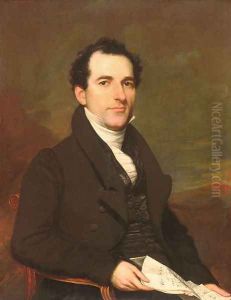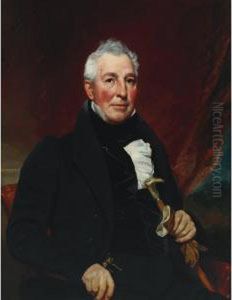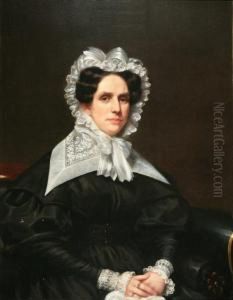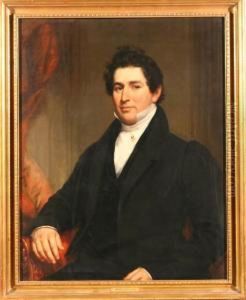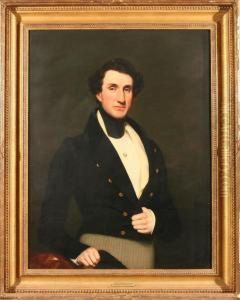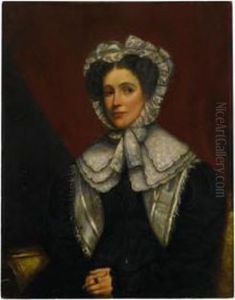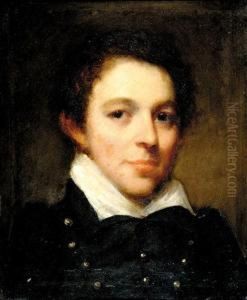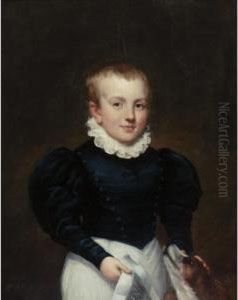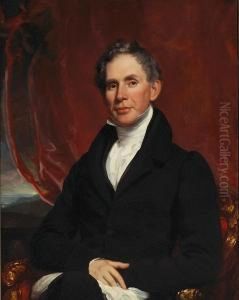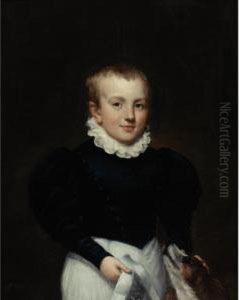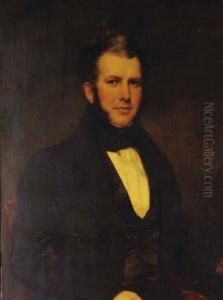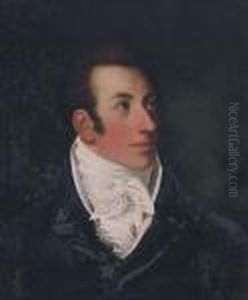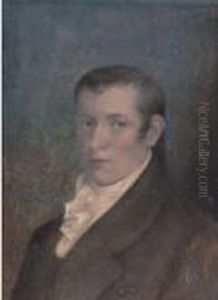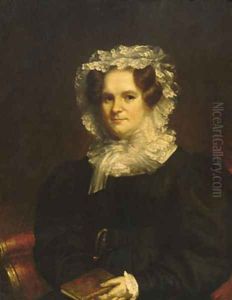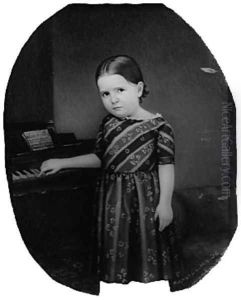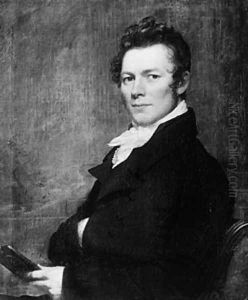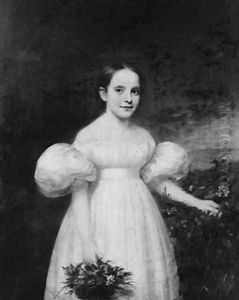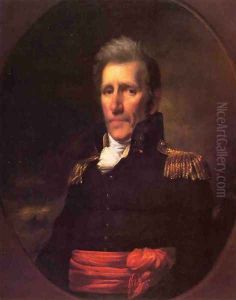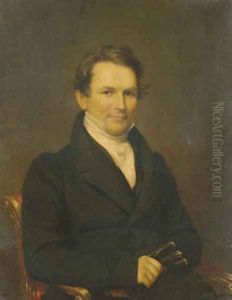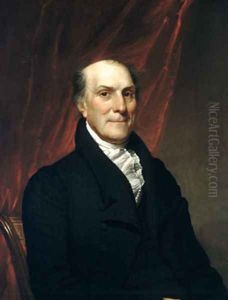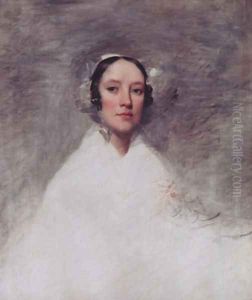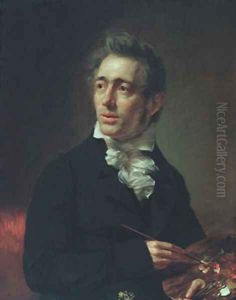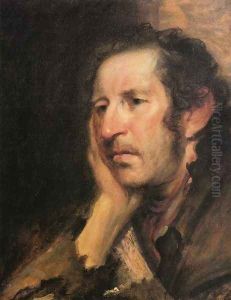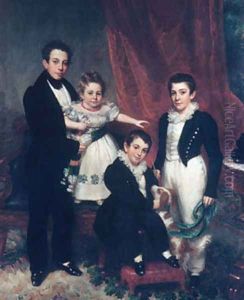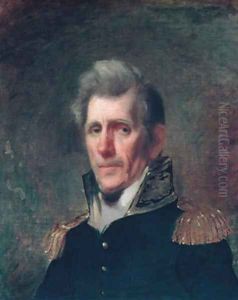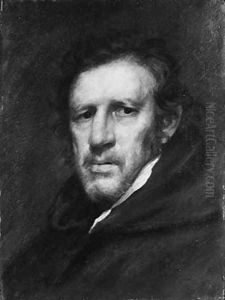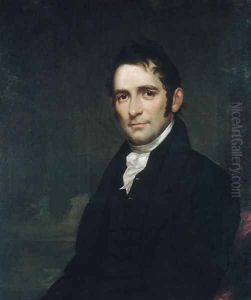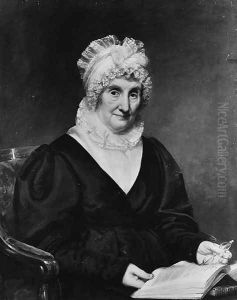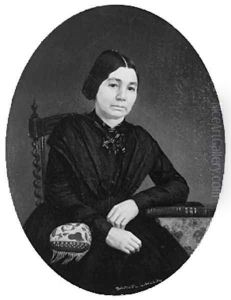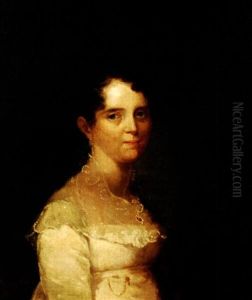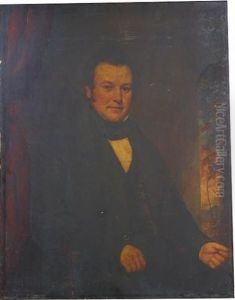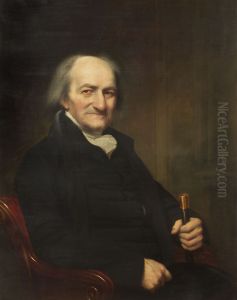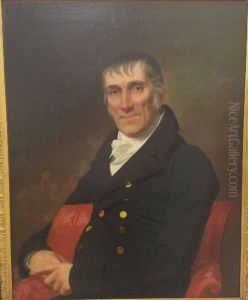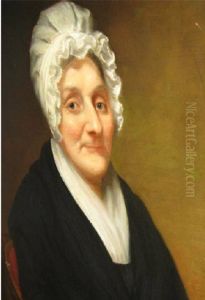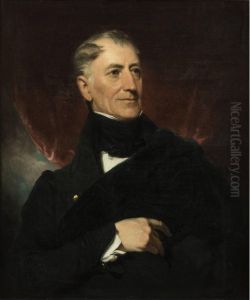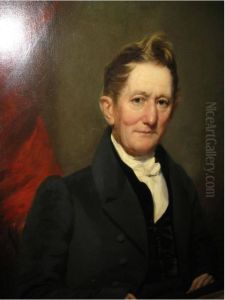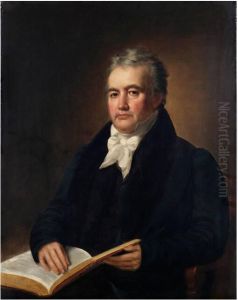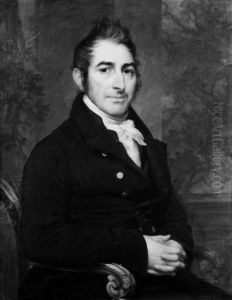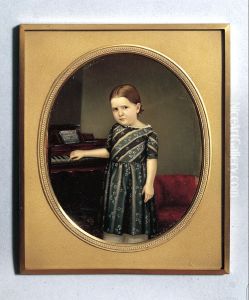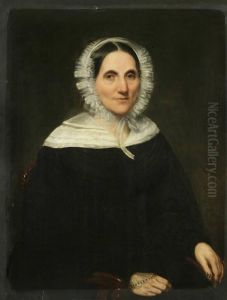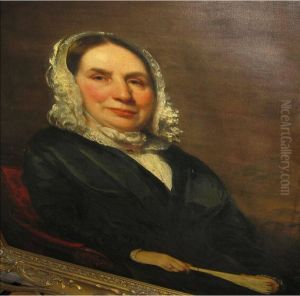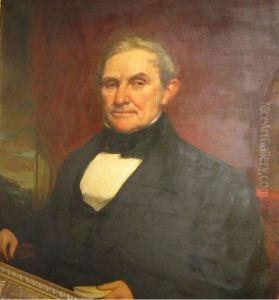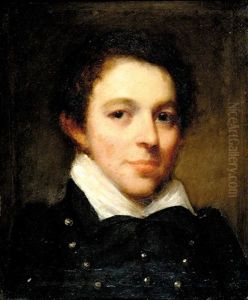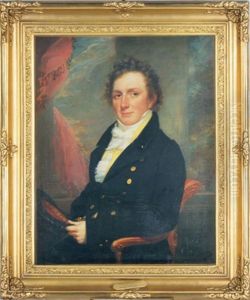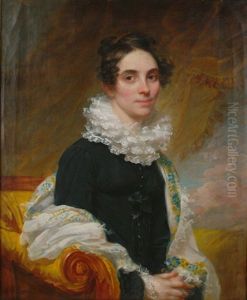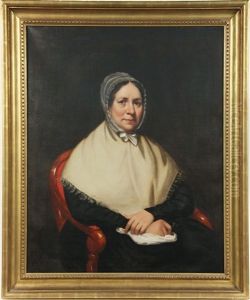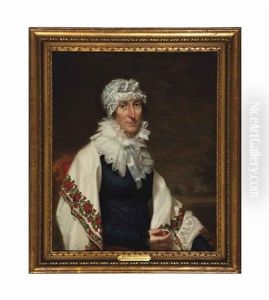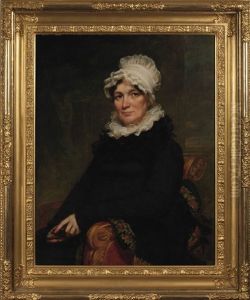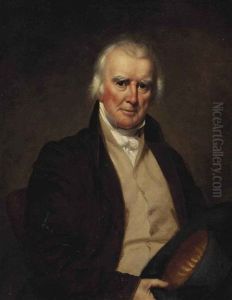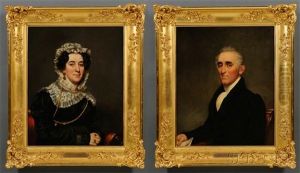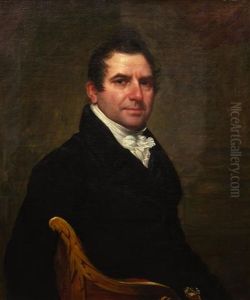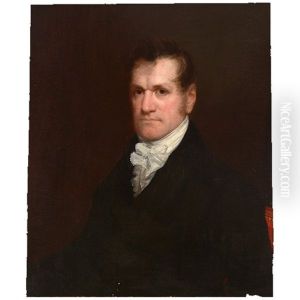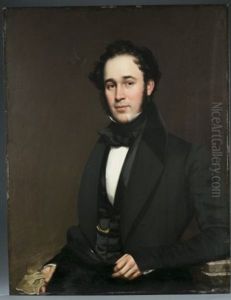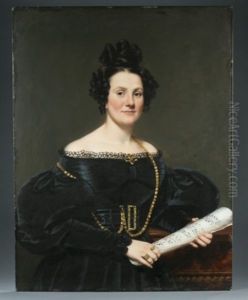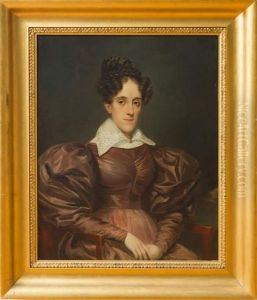Samuel Lovett Waldo Paintings
Samuel Lovett Waldo was an American painter who was born on April 6, 1783, in Windham, Connecticut. He was a prominent portrait artist in the United States during the early to mid-19th century. Waldo displayed artistic talent at an early age, prompting him to pursue a career in painting.
In 1806, Waldo traveled to London to study under the acclaimed American painter Benjamin West, who was then serving as the President of the Royal Academy of Arts. Under West's tutelage, Waldo honed his skills, and his exposure to European art greatly influenced his style and technique.
Upon returning to the United States in 1809, Waldo settled in New York City, which was rapidly becoming a cultural center. He quickly established himself as a successful portraitist, capturing the likenesses of many prominent figures of his time. In 1823, he formed a partnership with another well-known portraitist, William Jewett. The collaboration between Waldo and Jewett lasted for over a decade, resulting in a prolific output of portraits that were celebrated for their quality and attention to detail.
Waldo was a founding member of the National Academy of Design in 1825, an institution that played a crucial role in the promotion and education of the arts in America. Throughout his career, Waldo continued to paint portraits of statesmen, businessmen, and society figures. His works are characterized by their refined brushwork and the psychological depth he brought to his depictions of sitters.
Waldo's legacy is preserved in his numerous portraits that hang in museums and institutions across the United States. He continued to paint until his death on February 16, 1861, in New York City. Samuel Lovett Waldo's contribution to American portraiture and his role in the early American art scene make him a significant figure in the history of American art.
